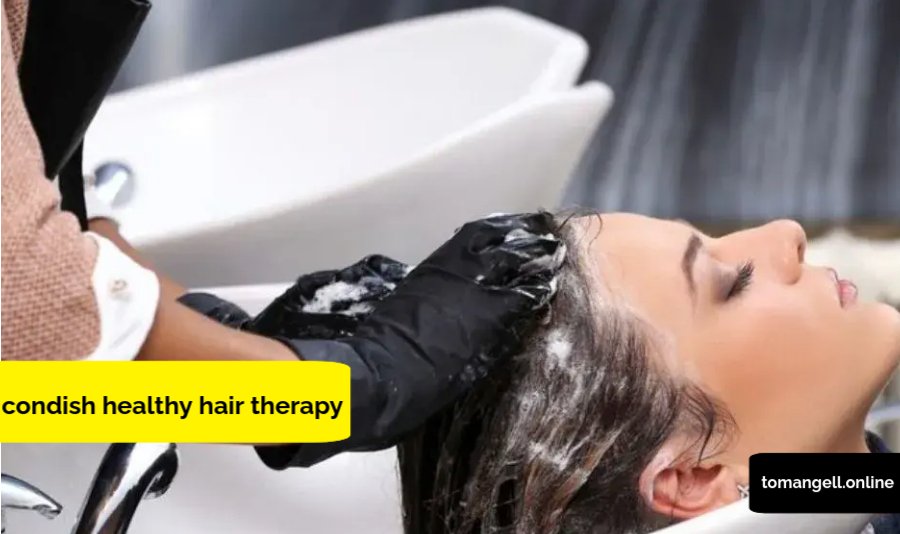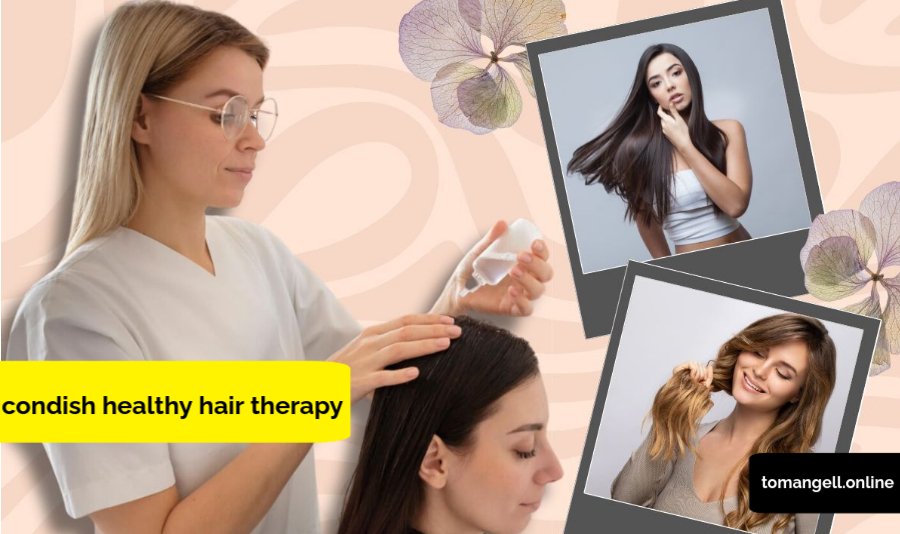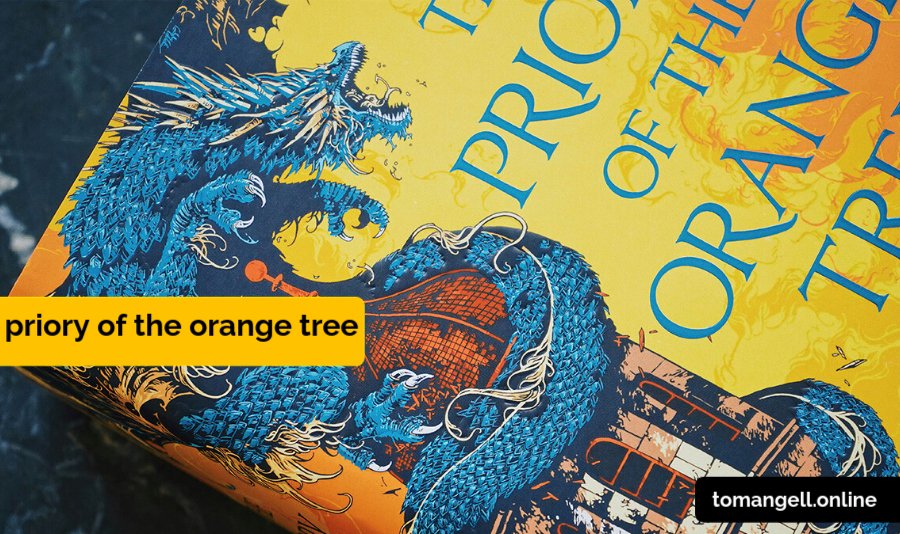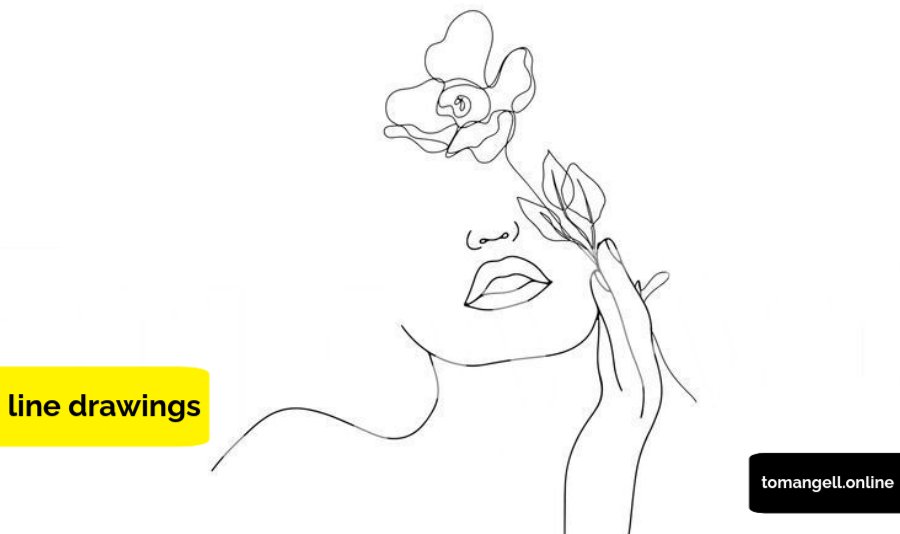Table of Contents
Curly hair can be a beautiful expression of individuality, but it often comes with its own set of challenges. From frizz to dryness, maintaining healthy curls requires a unique approach. Enter condish healthy hair therapy, a game-changer for anyone with curly locks. In this article, we’ll explore why every curl needs condish and how embracing this therapy can transform your hair care routine.
Understanding the Unique Needs of Curly Hair
Curly hair is different from straight hair in many ways. Its structure makes it more prone to dryness and frizz, as the natural oils produced by the scalp have a harder time traveling down the hair shaft. This is where condish healthy hair therapy comes into play, offering a solution tailored specifically for curls.The Importance of Moisture
Curly hair thrives on moisture. Unlike straight hair, which can easily distribute oils, curls need extra hydration to look their best. Regular conditioning helps maintain moisture levels, making your curls more defined and manageable.
What is Co-Washing?
Co-washing, or conditioner washing, is a technique that involves using conditioner instead of shampoo to cleanse your hair. This method is particularly beneficial for curly hair types, as it avoids harsh surfactants found in traditional shampoos that can strip away natural oils.Gentle Cleansing
By using a co-wash, you gently cleanse your curls without removing essential moisture. This keeps your hair hydrated and reduces frizz, making it easier to style. Many curl enthusiasts swear by co-washing as a cornerstone of their hair care routine.

The Squish to Condish Method
One popular technique within the realm of condish healthy hair therapy is the “Squish to Condish” method. This innovative approach combines the benefits of co-washing with an emphasis on moisture retention.How It Works
To perform this technique, start with wet hair and apply your favorite conditioner. Then, knead water into your curls using an upside-down position. The squishing motion helps distribute the conditioner evenly while locking in moisture.
Choosing the Right Products
Not all conditioners are created equal. When selecting products for condish healthy hair therapy, look for those specifically formulated for curly hair. Ingredients like shea butter, coconut oil, and aloe vera can provide much-needed hydration and nourishment.Reading Labels
Be mindful of what’s in your products. Avoid sulfates, silicones, and parabens that can weigh down curls or lead to buildup. Instead, opt for clean ingredients that support healthy hair growth and maintenance.
Leave-In Conditioners: A Must-Have
Incorporating a leave-in conditioner into your routine can further enhance the benefits of condish healthy hair therapy. Leave-in products provide ongoing hydration throughout the day and help define curls without making them feel heavy or greasy.Daily Hydration
Using a leave-in conditioner daily can help maintain moisture levels and keep frizz at bay. Simply apply a small amount to damp hair after washing or co-washing for best results.

The Role of Deep Conditioning
Deep conditioning treatments are another essential component of condish healthy hair therapy. These treatments penetrate deeper into the hair shaft, providing intense hydration that regular conditioners may not achieve.Frequency Matters
Consider incorporating deep conditioning into your routine once a week or biweekly, depending on your hair’s needs. This will help restore moisture balance and improve overall texture.
Embracing Natural Texture
One of the most liberating aspects of adopting condish healthy hair therapy is embracing your natural texture. Many curlies find that by focusing on hydration rather than harsh cleansing methods, their curls become more defined and beautiful over time.Confidence in Curls
When you prioritize healthy practices for your curls, you’ll likely feel more confident in showcasing them. Embrace your natural beauty and let your curls shine!
Tips for Maintaining Healthy Curls
Maintaining healthy curls goes beyond just using the right products; it also involves adopting good habits in your overall routine.Protective Styles
Consider protective hairstyles to minimize damage from environmental factors or styling tools. Braids, buns, or twists can help protect your curls while still looking stylish.
Avoiding Heat Damage
If you must use heat styling tools occasionally, ensure you use a heat protectant spray beforehand to minimize damage. However, try to limit heat exposure as much as possible to maintain the integrity of your curls.
The Benefits of Regular Trims
Regular trims are essential for keeping curly hair looking its best. Trimming helps remove split ends and encourages healthier growth while maintaining shape and bounce.Finding the Right Stylist
Look for stylists who specialize in curly hair to ensure you get the best cut for your texture. A good stylist will understand how to work with your natural curl pattern rather than against it.
Conclusion: Start Your Journey to Healthy Curls Today!
In summary, every curl deserves condish healthy hair therapy as part of its care routine. By embracing co-washing techniques, incorporating leave-in conditioners, and prioritizing hydration through deep conditioning treatments, you can transform your curly locks into a crown of beauty.So why wait? Start exploring different products and techniques today! Your curls will thank you for it! Whether you’re new to curly care or looking to refine your routine, remember that every step toward healthier curls is worth it!

Frequently Asked Questions (FAQ) About Condish Healthy Hair Therapy
1. What is condish healthy hair therapy?
Condish healthy hair therapy refers to a hair care routine focused on using conditioners, including co-washing and leave-in products, to maintain moisture and health in curly hair.
2. Why is co-washing beneficial for curly hair?
Co-washing gently cleanses the hair without stripping away natural oils, helping to keep curls hydrated and reducing frizz.
3. How does the “Squish to Condish” method work?
This method involves applying conditioner to wet hair and kneading water into the curls to help distribute the product evenly while locking in moisture.
4. What ingredients should I look for in conditioners?
Look for ingredients like shea butter, coconut oil, and aloe vera, which provide hydration and nourishment. Avoid sulfates, silicones, and parabens.
5. How often should I use a leave-in conditioner?
You can use a leave-in conditioner daily or after every wash to maintain moisture levels and define your curls.
6. How frequently should I deep condition my hair?
Deep conditioning is typically recommended once a week or biweekly, depending on your hair’s moisture needs.
7. Can I use regular conditioners on my curly hair?
While you can use regular conditioners, it’s best to choose products specifically formulated for curly hair to address its unique needs.
8. How can I embrace my natural curl texture?
Focus on hydration and avoid harsh cleansing methods. Using the right products will help your natural curls become more defined and beautiful over time.
9. What are some protective styles for curly hair?
Protective styles include braids, buns, twists, or updos that minimize damage from environmental factors or styling tools.
10. Should I avoid heat styling altogether?
While it’s best to limit heat exposure, if you must use heat styling tools, always apply a heat protectant spray first.
11. How often should I trim my curly hair?
Regular trims every 6-8 weeks can help remove split ends and maintain the shape of your curls.
12. Can I mix different brands of conditioners?
Yes! Feel free to experiment with different brands and products to find what works best for your unique curl pattern.
13. What is the best way to apply conditioner?
Apply conditioner generously to wet hair, focusing on the ends. Use your fingers or a wide-tooth comb to distribute it evenly.
14. How do I know if my curls are healthy?
Healthy curls should feel soft, bouncy, and well-defined without excessive frizz or dryness.
15. Can I use essential oils in my hair care routine?
Yes! Essential oils like lavender or tea tree can offer benefits but should be diluted with a carrier oil before application.
16. Is it necessary to follow a specific routine for curly hair?
While there’s no one-size-fits-all routine, following a regimen that prioritizes hydration and gentle cleansing will benefit most curly hair types.
17. Can I use regular shampoo with curly hair?
If you choose to use shampoo, opt for sulfate-free formulas that are less likely to strip moisture from your curls.
18. What should I do if my curls feel dry or brittle?
Increase your hydration routine by incorporating deep conditioning treatments and leave-in conditioners into your regimen.
19. Are there any specific products recommended for color-treated curls?
Look for products designed specifically for color-treated hair that offer extra hydration and protection against fading.
20. How do I find a stylist who understands curly hair?
Seek recommendations from friends or online communities focused on curly hair care to find stylists experienced in working with curls.
If you want i’ll write articals on your desire topic then contact us



